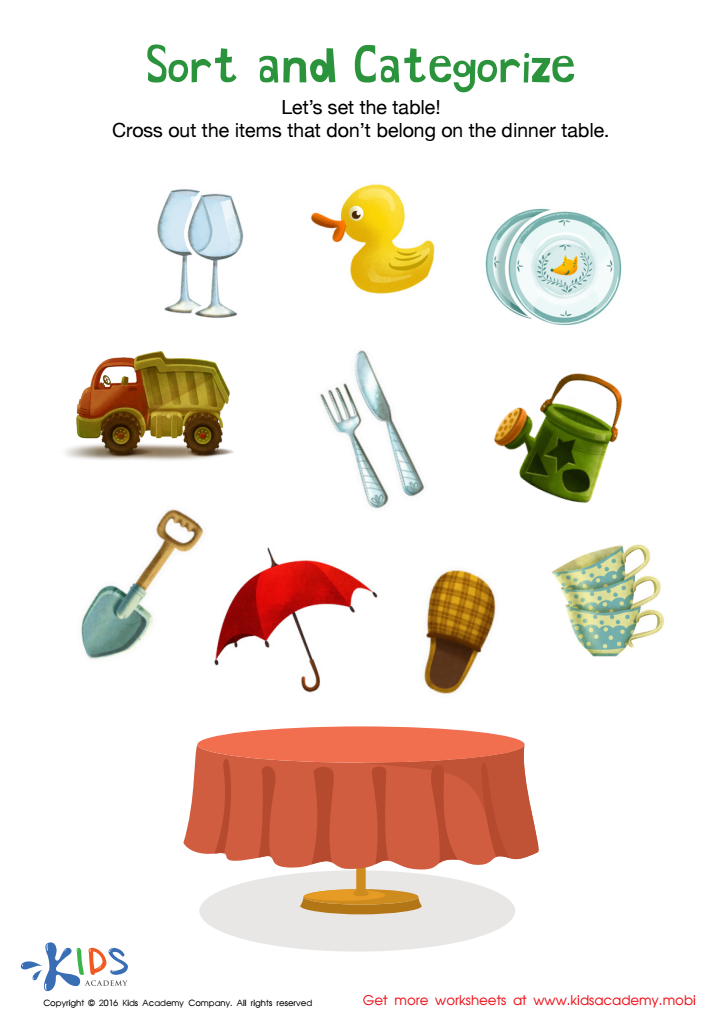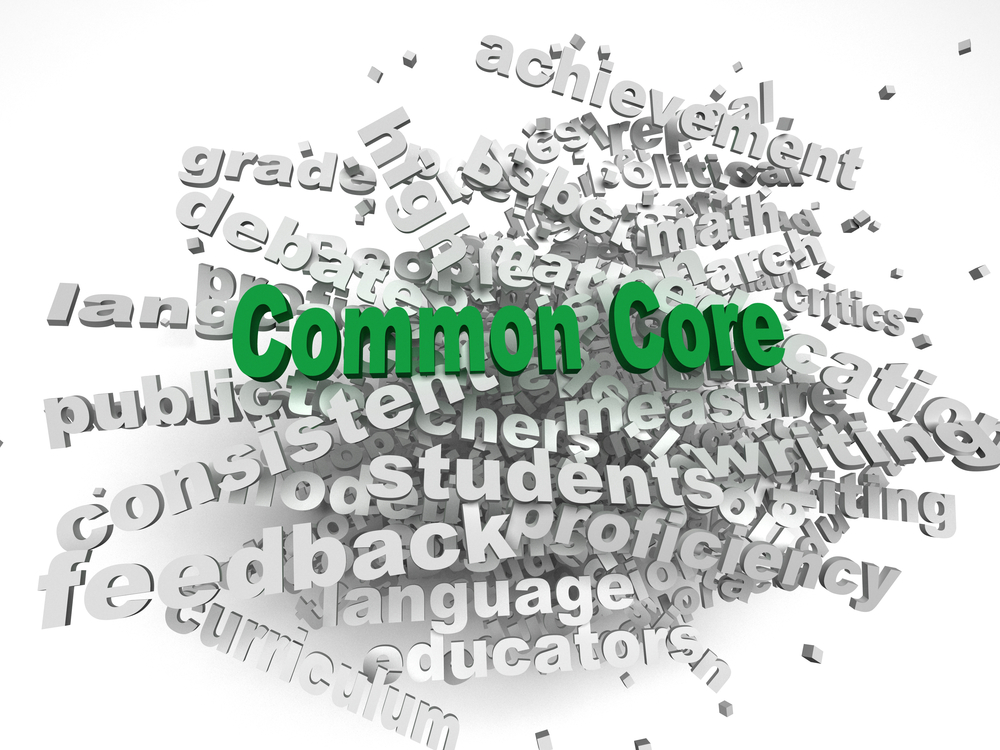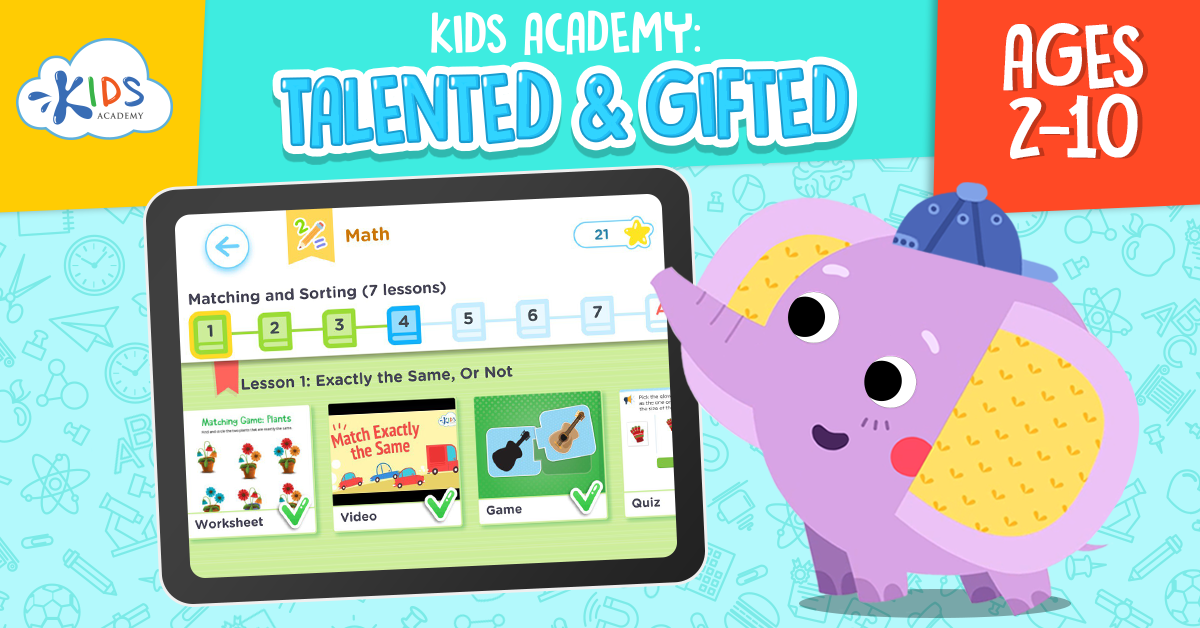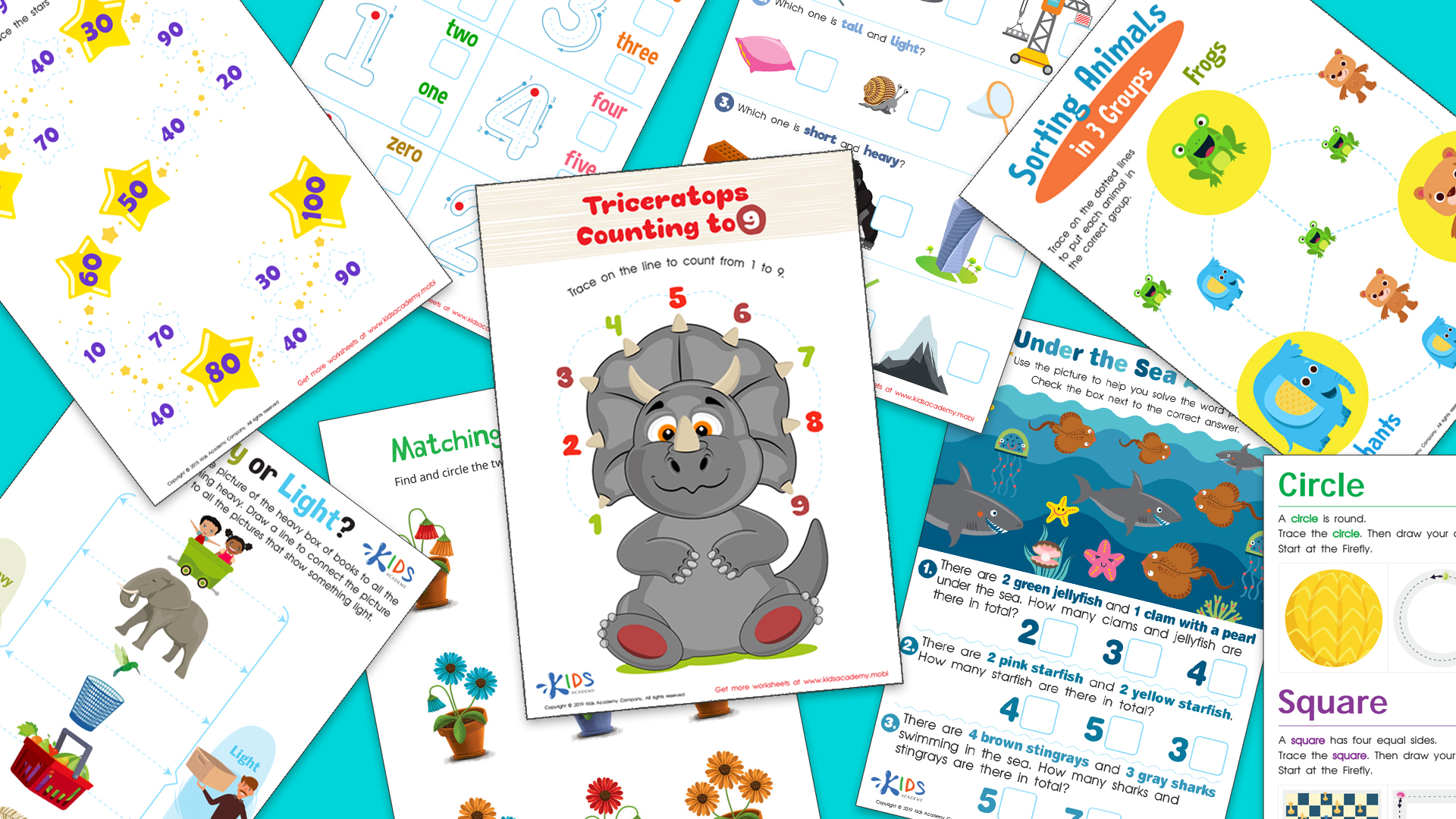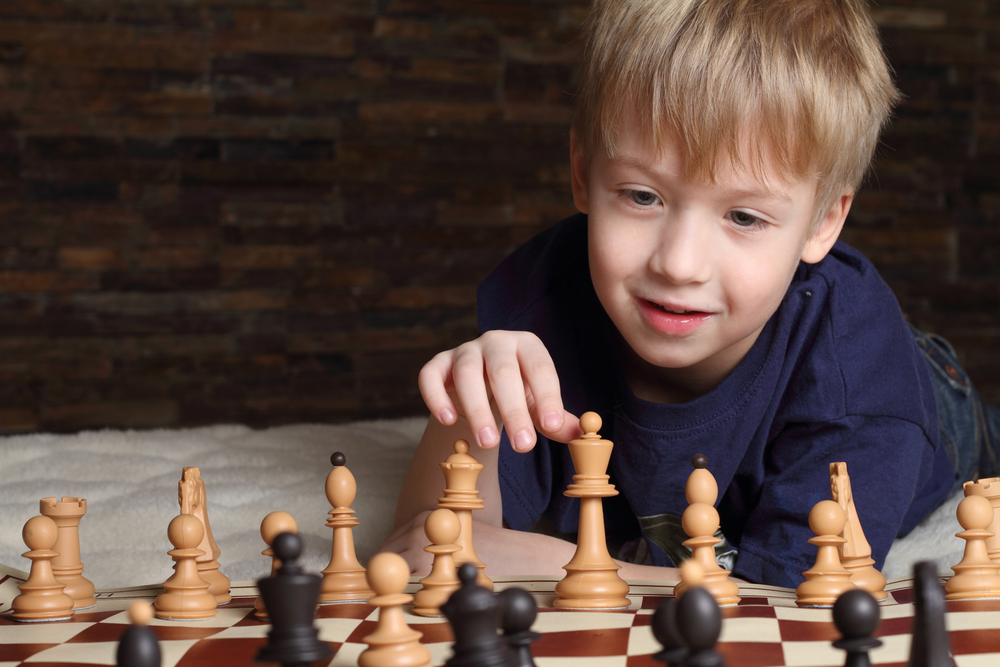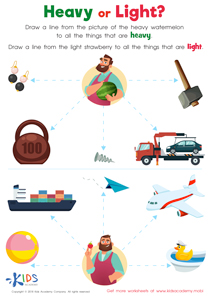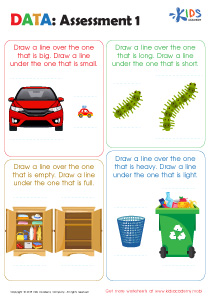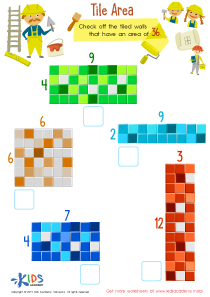Shape Recognition Normal Matching Worksheets for Ages 3-7
5 filtered results
-
From - To
Discover our engaging "Shape Recognition Normal Matching Worksheets" designed for children aged 3 to 7. These worksheets offer an exciting way for young learners to develop shape recognition skills through fun matching activities. Each page features vibrant illustrations and thoughtfully curated shapes that capture children's attention, fostering active participation in learning. Ideal for both home and classroom use, these worksheets promote critical thinking and enhance fine motor skills through cutting and gluing activities. Perfect for early education, our shape matching worksheets encourage a love for learning while building a strong foundation in geometry. Start your child’s adventure in shape recognition today!
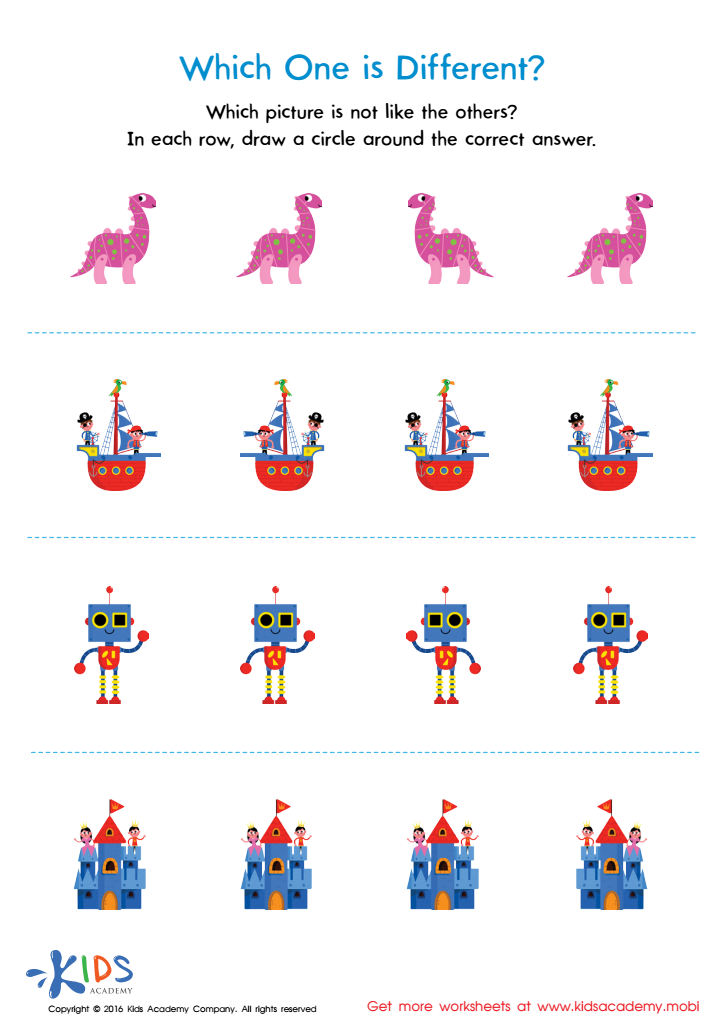

Which One Is Different Worksheet
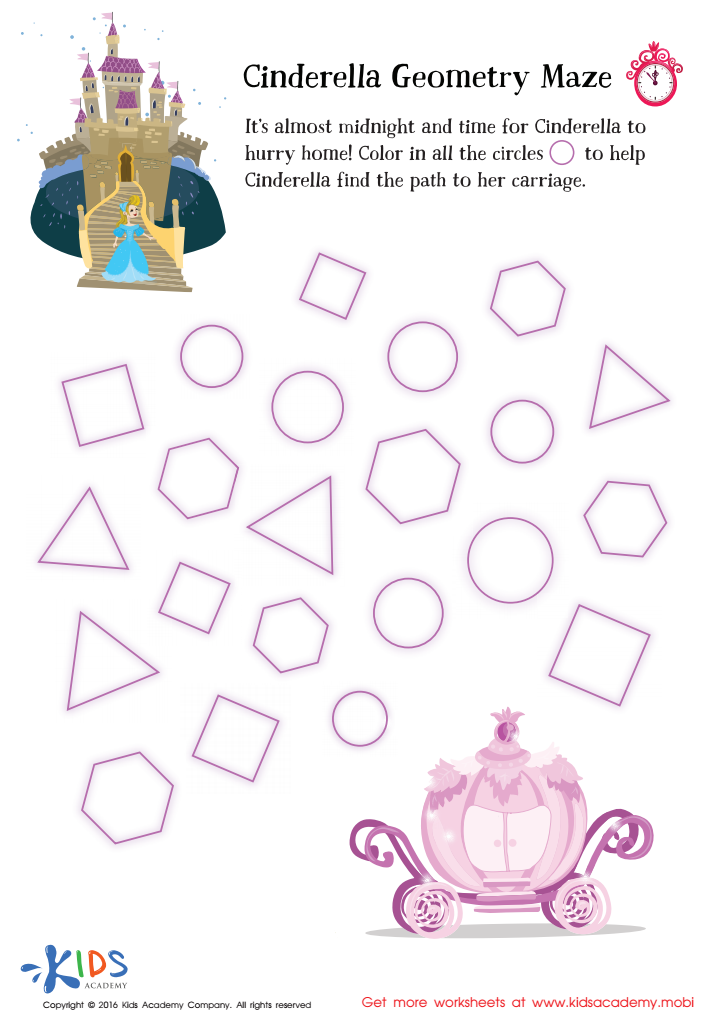

Cinderella Geometry Maze Worksheet
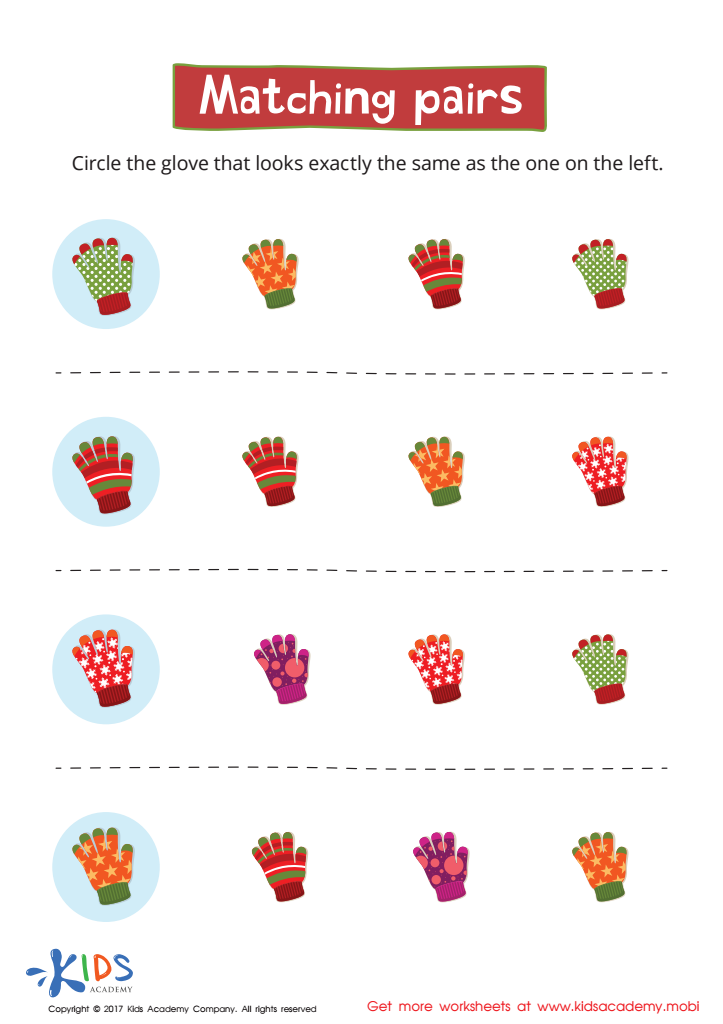

Matching: Matching Pairs Worksheet


Silhouettes – Shapes Worksheet
Shape recognition and normal matching are fundamental skills that significantly impact early childhood development. For children aged 3-7, understanding shapes is more than just recognizing circles, squares, and triangles; it lays the groundwork for critical cognitive skills, including problem-solving, spatial awareness, and logical thinking.
Parents and teachers should care about these skills because they are essential components of early math literacy. Engaging children in shape recognition activities enhances their ability to identify patterns, organize information, and conduct classification tasks. These are foundational skills required not only in mathematics but across various areas of learning. For instance, strong shape recognition directly supports future learning in geometry and measurement.
Additionally, shape recognition activities encourage fine motor skills as children manipulate contrasting shapes during learning games. They also promote language development; as children learn the names and characteristics of shapes, their vocabulary expands, fostering better communication skills.
Furthermore, these foundational skills can instill a love for learning and curiosity about the world around them, contributing to overall academic success. By valuing shape recognition and normal matching, parents and teachers can ensure that children are well-prepared for future learning challenges, enhancing their emotional and intellectual potential.
 Assign to My Students
Assign to My Students
